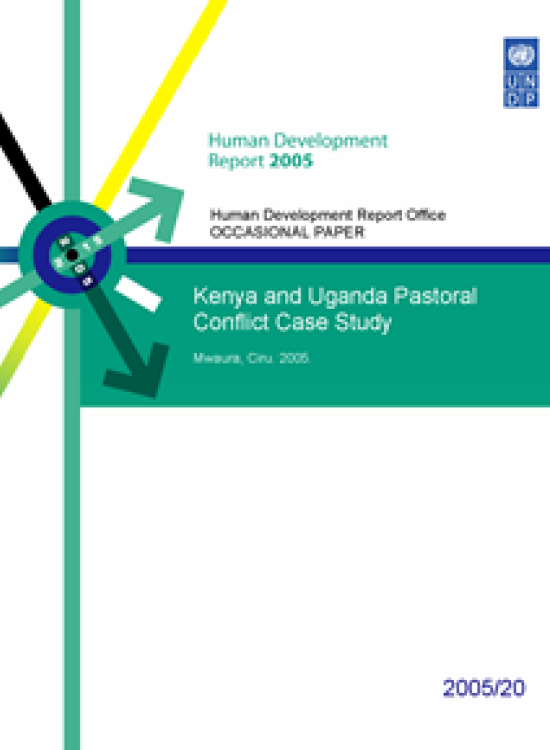Kenya and Uganda Pastoral Conflict Case Study

Download Report by Language
Document
hdr2005mwauraciru20.pdf
(149.58 KB)
Citation
Mwaura, Ciru. 2005. Kenya and Uganda Pastoral Conflict Case Study. New York.
Kenya and Uganda Pastoral Conflict Case Study
Posted on: January 01, 2005
This case study will analyse the nature of pastoral conflict and its implications for the border areas of Kenya and Uganda. While insecurity and conflict in these areas is often characterised as arising from competition over scarce resources, there are broader dimensions to these conflicts. These revolve around a long history of social, economic and political exclusion from the centre. As a result of weak state penetration in these remote border regions pastoralist communities retain a limited and negative experience of the state. The state’s role in service delivery in two areas- the provision of security to pastoral communities and support to pastoral livelihoods- is on the whole poor. In Kenya and Uganda the state responses to conflict in pastoral areas have historically been characterised by an indiscriminate and aggressive military response that has alienated pastoral communities. Aside from these periodic security interventions, pastoral communities largely fend for themselves and in this context the role of arms, both as a means of protection and as livelihood assets, becomes important. This section will examine these issues in more detail.

